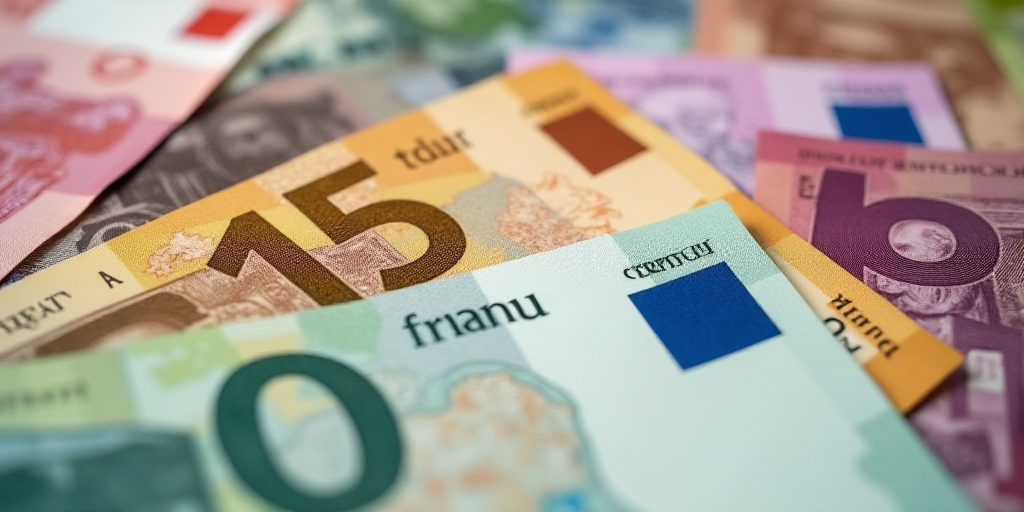Introduction to the Issue
Since 2015, when the Sustainable Development Goals (SDGs) were agreed upon, the world’s richest 1% has amassed $33.9 trillion in wealth, according to a recent report by Oxfam Intermón. This amount is sufficient to end global poverty 22 times over, as highlighted in their report titled “From Private Profit to Public Power: Financing Development, Not Oligarchy.”
Current State of Global Poverty
Currently, nearly 3.7 billion people—almost half of the world’s population—live below the poverty line, earning less than $8.30 per day as defined by the World Bank. Additionally, over 700 million people suffer from hunger, and it will take at least 123 years to achieve parity.
Rise in Wealth Disparity
Despite not eradicating poverty in the last decade, there have been 1,202 new billionaires, and it is estimated that there will be five trillionaires within a decade. These ultra-wealthy individuals possess more wealth than the 95% of the global population.
Impact on Public Services and Development
Oxfam’s report emphasizes the concentration of wealth among a small group of people, which has translated into political power and a shift towards oligarchy. This concentration of wealth enables these individuals to shape political and economic decisions, ultimately increasing their wealth and hindering efforts towards a more equitable society.
Decline in Taxation and Public Services
The report also points out the decrease in taxes for the wealthy and large corporations over the past few decades, along with the rising sovereign debt payments. These factors have negatively impacted governments’ ability to provide essential public services such as clean water, education, and healthcare.
Wealth Disparity Between the World and Governments
Oxfam’s analysis reveals that, although the world has become significantly wealthier over the past few decades, governments have not. Between 1995 and 2023, private wealth grew by $342 trillion, while public wealth increased by only $44 trillion.
Failure of the Washington Consensus
The report criticizes the “Washington Consensus” approach, which aimed to leverage public resources through private sector instruments to transform millions into billions. However, studies show that, on average, only $0.75 of private capital was mobilized for every dollar of public resources, with the figure dropping to $0.37 in low-income countries.
Private Financing vs. Official Development Assistance
Despite evidence suggesting that private financing is often more expensive and riskier than public funding, governments and financial institutions continue to prioritize private financing over official development assistance.
Consequences of Prioritizing Private Financing
“Instead of supporting Southern Global countries in building their own public services, development institutions are subsidizing private investors to extract profits, further entrenching inequality and lowering standards,” the Oxfam report states. The organization argues that calls to replace official development assistance with private financing are not only mistaken but also hypocritical, effectively funneling resources to Northern Global corporations under the guise of aiding the Global South.






